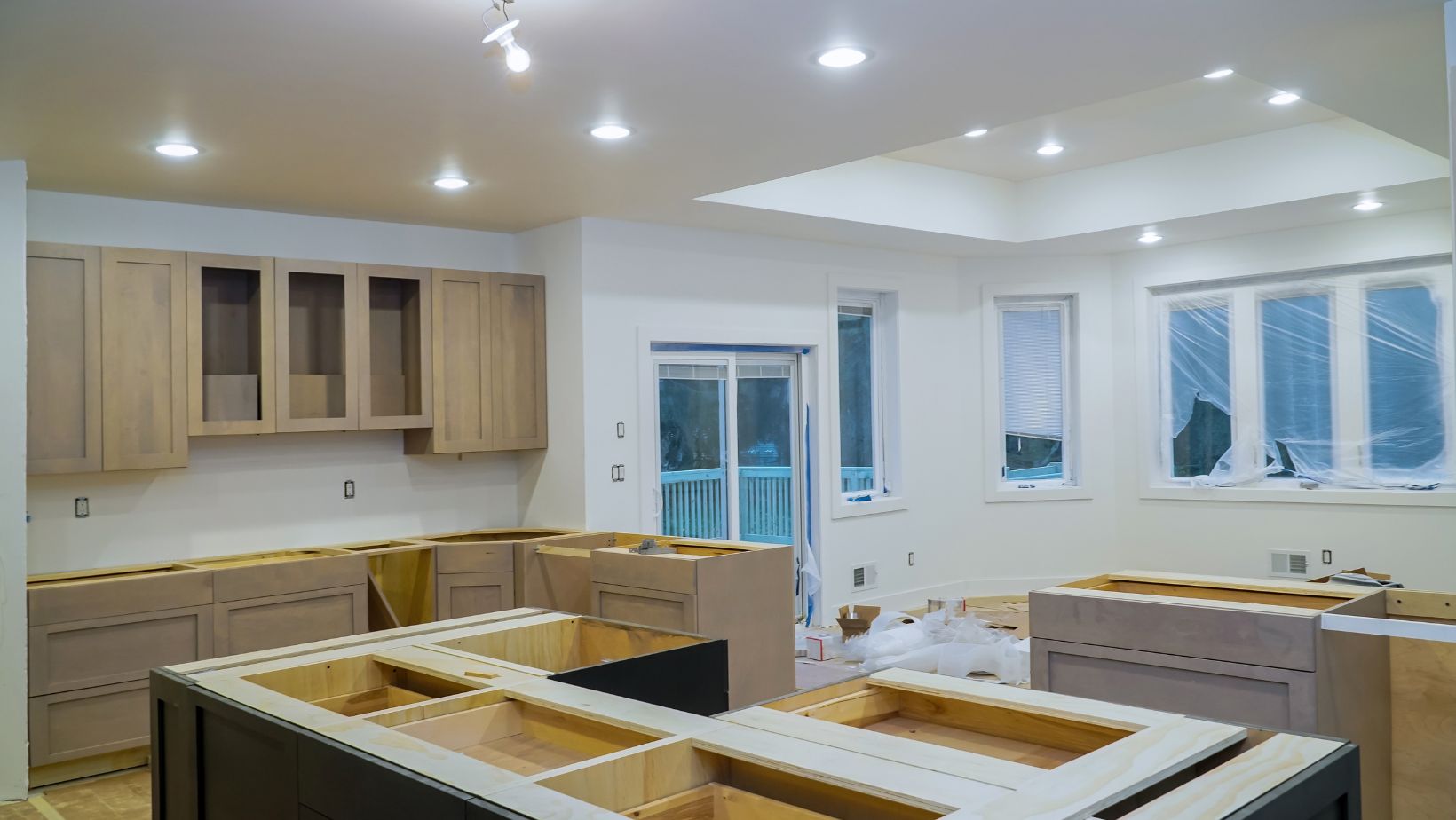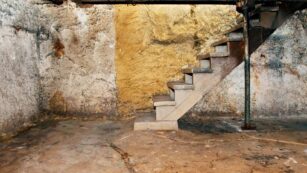
Did you see how Japanese design is everywhere these days? It’s not an exaggeration. We can’t help but be fascinated with this spare aesthetic of Wabi-Sabi. After all, most of us need more serenity and truth in our lives.
Wabi-sabi is a form of minimalism that celebrates the imperfect and accepts the transience of the physical world. It also recognises the beauty in asymmetry, imperfection, and in flaws and cracks. It’s a centuries-old concept, but it’s never been more pertinent than it is today. We live in a hyper-digital society, and the idea of embracing cracks and wrinkles and slowing down our lives has become so appealing.
We’re also intrigued with how designers are interpreting these Japanese principles with a 21st-century sensibility. They’re adapting and reimagining traditional design concepts in innovative ways.
So let’s take a closer look at what’s causing this Japanese design renaissance and how you can use concrete to add a touch of it to your space.
What is Wabi-Sabi Interior Design?
Picture the quiet charm of a weathered wooden beam, the irregular grain of hand-thrown pottery, or the subtle character of natural concrete basins. Deeply rooted in Japanese culture and often tied to Zen Buddhism, this design aesthetic values authenticity and the cycle of growth and decay. Wabi-Sabi is guided by a few key ideas. It’s about paring things back so a space feels calm and unburdened. It welcomes asymmetry, allowing irregular shapes and layouts to feel organic rather than forced.
Textures and materials are cherished for how they age gracefully and tell their own stories. And then there’s those beautiful marks of use and time that give objects and spaces their soul.
By avoiding excessive ornamentation and letting spaces “keep their own rhythm,” designers create rooms that breathe. That’s the quiet magic of Wabi-Sabi.
Why Concrete Works So Well in Wabi-Sabi Spaces
One of the most striking pairings? Wabi-Sabi and concrete. On the surface, concrete might seem cold or harsh, but when combined with this design principle it creates interiors that are grounding.
Raw Beauty & Imperfection
When you start exploring the different types of floor styles, you’ll notice how each approach (whether it’s polished, honed, acid-stained, or left with a more untreated matte finish) highlights these idiosyncrasies in its own unique way.
It’s these little variations that make concrete so appealing in interiors inspired by Wabi-Sabi. Rather than hiding marks or quirks in texture, they’re embraced as part of the floor’s story. You might find tiny air pockets, faint hairline cracks, or soft changes in colour from one section to the next. Far from being defects, these details give concrete floors a sense of life and authenticity.
Earthy, Natural Appeal
Concrete has this wonderfully grounded, organic quality that somehow makes our homes feel more connected to the world beyond our walls. Maybe that’s why so many of us are drawn to it now. We’re craving spaces that feel honest, not overly polished. When we lay inside a concrete tub in the morning, or lean against a cool benchtop while chatting over coffee, there’s something comforting in its simple, earthy presence.
What’s also special is how beautifully concrete pairs with other building materials that are changing construction today – not just chosen for how they look in a magazine spread, but for how they live and breathe with us. A concrete wall with its soft colour shifts can remind us of stone paths we’ve wandered outside, or sun-baked clay. Over the years, it picks up tiny marks from our gatherings and day-to-day life, becoming a subtle record of our years spent at home.
Minimalism Meets Warmth
In Wabi-Sabi-inspired spaces, this kind of pairing does more than just please the eye – it creates a gentle harmony that we actually feel when we spend time there.
Concrete, with its understated presence, becomes a humble backdrop that lets the knots in our dining table or the soft weave of a linen throw truly shine. It doesn’t fight for attention or overwhelm the space. Instead, it quietly steps back, making room for these textures to tell their stories.
We might have polished concrete that grounds the whole room. Then there’s that well-loved wooden chair we’ve shared countless wines, or the hand-spun throw we curl up with on the sofa. Over time, we watch both the wood and the concrete change (the timber deepens in colour, the concrete picks up a soft patina) gentle reminders that everything in our homes is in a constant, beautiful state of becoming, just like us.
Tips for Bringing Wabi-Sabi Into Your Home
Wabi-sabi is for anyone who values the beauty in simplicity and true-to-life wear. If you want to make your home more authentic, relaxed, and a little rough around the edges, this style is for you.
Try these practical, earthy tips to give your home the carefree yet beautiful Wabi-Sabi aesthetic.
- Use a muted, natural colour palette: soft greys, light browns, dusty white. These colours are unobtrusive and neutral, so they don’t compete for attention. Instead, they allow each part of your space to harmonise and breathe.
- Choose handcrafted or artisanal items: they have a warmth and soul that manufactured items can never match. The slight imperfections, the irregular shapes, the signs of the maker’s hand. These qualities are not just unique; they infuse each piece with a quiet character that will enliven any room.
- It could be as simple as a hand-woven blanket casually tossed over a sofa or a roughly-crafted wooden table in your dining room. In both cases, it’s these small details (the uneven edge, the slight warp in the wood) that command the eye and touch the heart.
- Incorporate natural elements: a gnarled branch in a simple ceramic vase, a scattering of smooth pebbles on a windowsill or bookshelf, or a bouquet of dried flowers in a mason jar. Plants work wonderfully as well, adding life and movement. All these items have the power to connect your space to the natural world. Plus, they will help ground and balance you when you spend time in your home.
Embrace the passage of time. Nothing is permanent; everything is impermanent. Try not to be in a rush to replace things that have started to show signs of wear. The beauty of Wabi-sabi is that it embraces this change. Let the story of a faded cushion or a table scarred by years of family meals continue to evolve.
The Future of Concrete in Interior Design Trends
It’s pretty clear concrete isn’t going anywhere anytime soon. If anything, we’re just starting to scratch the surface of how versatile (and downright beautiful) it can be inside our homes. We’re seeing it pop up in all sorts of unexpected ways – from sculptural basins to chunky dining tables and even cosy fireplaces that make you want to linger a little longer.
So if you’ve been toying with the idea of bringing concrete into your own home, consider this your gentle nudge. The future of interior design is all about materials that last, that tell a story, and that get better with age. And concrete? Well, it’s ticking all those boxes, beautifully.














